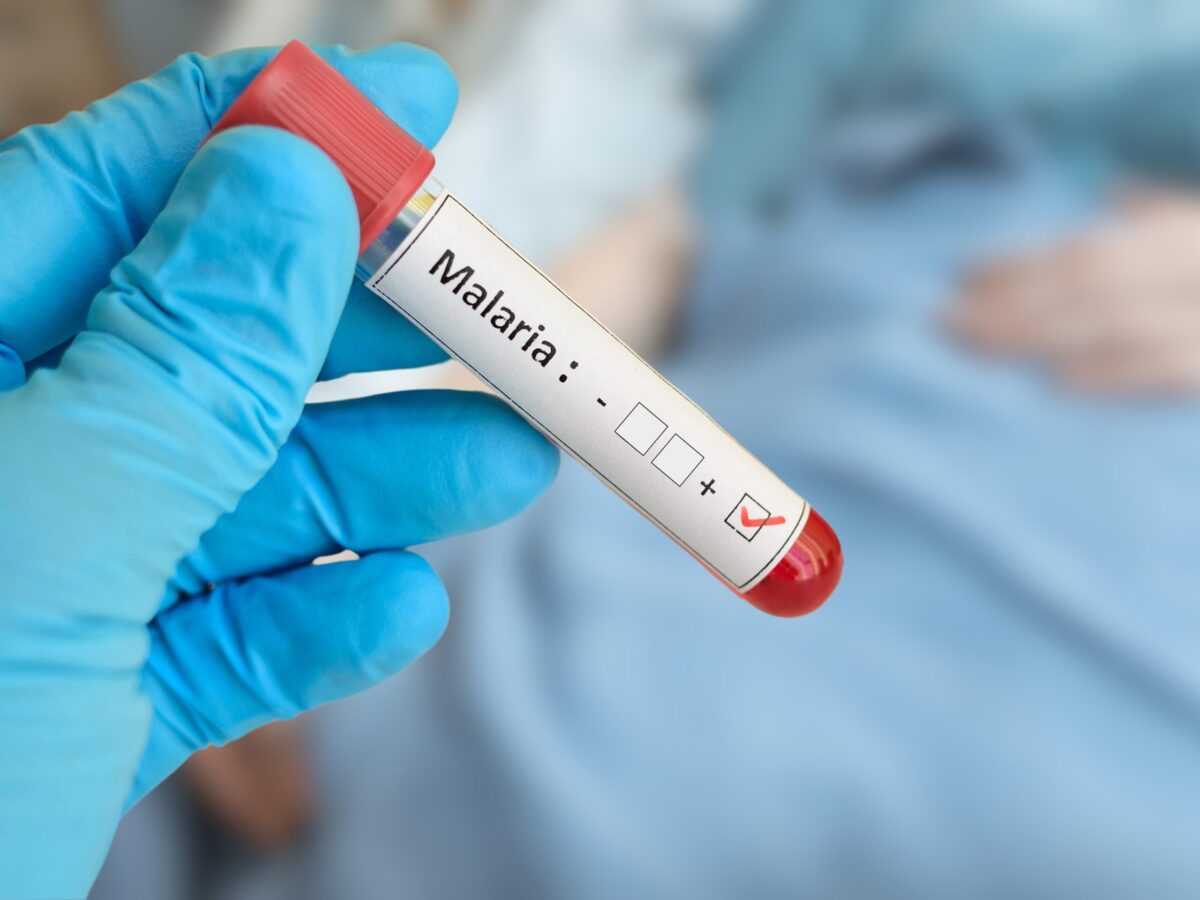On April 10, 2025, the FDA unveiled a new plan to phase out its animal testing requirements, refocusing the FDA’s animal testing policy towards other methods.
The roadmap initially targets monoclonal antibodies (mAbs) and similar biologic therapies — drugs engineered to bind precise disease targets — before expanding to other drug classes.
For years, drug makers have relied on animal studies — using rodents, dogs or primates — to flag safety concerns, even though these models often fall short in predicting human responses.
FDA Commissioner Martin Makary expects that the change could speed up development and reduce animal testing.
ImmunoPrecise Antibodies supported the move, reporting that its proprietary AI platform reduced late-stage candidate attrition by 30% — cutting the number of antibody leads that drop out before advancing.
Schrödinger also welcomed the plan, noting that its computational platform can predict key molecular properties for both small molecules and biologics. The company is also developing a predictive toxicology tool — funded by the Gates Foundation — to help identify off-target effects without animal testing, with a launch expected later in 2025.
Now, companies can submit “new approach methodologies,” or NAMs, as part of Investigational New Drug (IND) applications.
The new roadmap follows the 2022 FDA Modernization Act 2.0, which allowed the agency to accept non-animal methods instead of traditional testing.
XTALKS WEBINAR: Enhancing mAb Platform Process using Membrane Affinity Chromatography for FIH Molecules
Live and On-Demand: Thursday, May 8, 2025, at 11am EDT (4pm BST/UK)
Register for this free webinar to learn how to enhance mAb purification, offering higher throughput and reduced processing times.
Next‑Gen Safety Testing Beyond Animals
This shift in FDA animal testing policy is already aligning with industry tools like AI-powered simulations that map how a mAb travels through the body, binds its target and may trigger side effects.
Another method gaining traction is organs-on-a-chip, where tiny lab-grown tissue models — such as a mini liver or heart — simulate real organ function to reveal toxic effects more accurately than animal models.
Researchers continue to explore organ‑on‑a‑chip systems for safety screening and immune‑response modeling. A study published in the Journal of Translational Medicine demonstrated a heart‑on‑a‑chip system that reproduces cardiac muscle contractility and drug responses, offering a human‑relevant tool for cardiovascular safety testing.
The FDA will also accept safety data from human use abroad, tapping into real-world evidence rather than requiring new animal studies.
That means if a similar therapy has already been used in patients under regulatory oversight elsewhere, those results can now be submitted.
The organ-on-chip platforms could grow tenfold by 2035, driven by the need to reduce the 90% attrition rate seen when only one in 1,000 drug candidates clears preclinical testing.
By shifting toward human biology — whether through simulations, tissue models or global patient data — the FDA hopes to catch safety signals earlier and more accurately.
As part of the FDA animal testing transition, the agency will run a one-year pilot with select antibody developers to test how well NAMs perform in real regulatory settings.
Pilot results will inform updates to FDA guidance and support a smooth rollout across the industry, where scientists, patient advocates and industry stakeholders can weigh in on the roadmap.
Companies that submit strong non-animal safety data may qualify for accelerated review — an incentive to invest in these new tools.
Ultimately, the FDA hopes to deliver safer medicines to patients more quickly while lowering development costs.
By replacing some dog, rodent and primate studies with human-relevant tests, the FDA expects to improve how well early data predicts clinical success.












Join or login to leave a comment
JOIN LOGIN